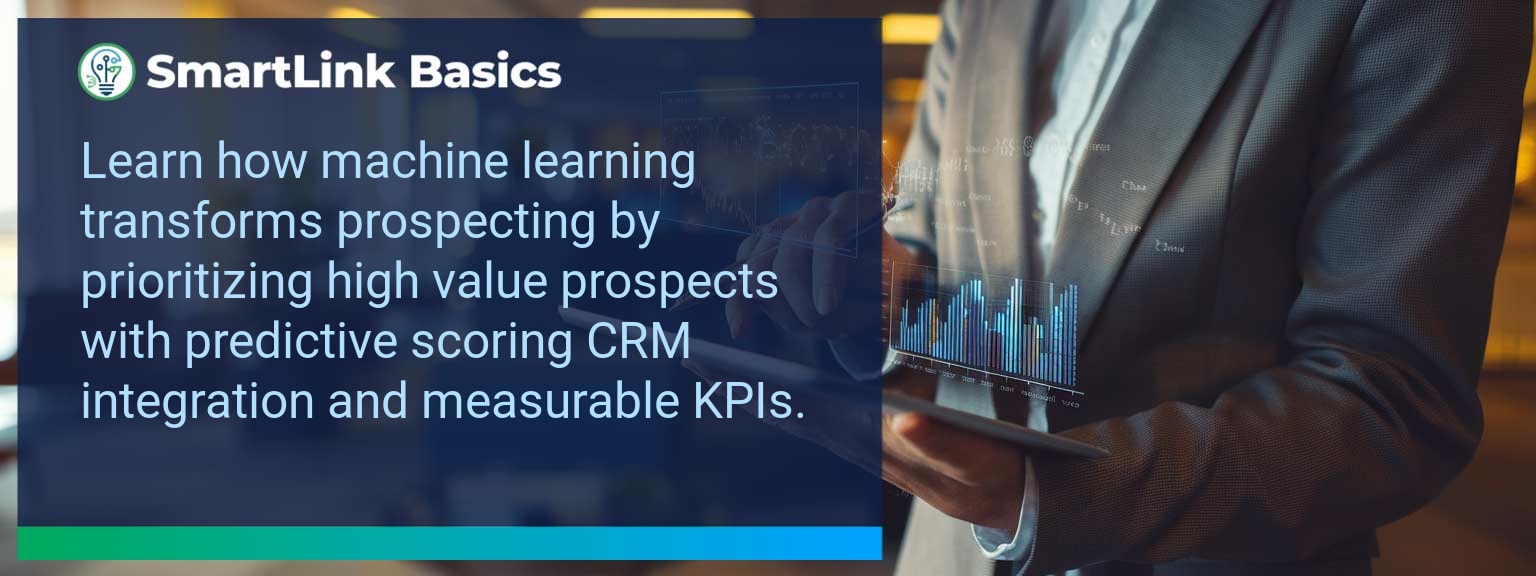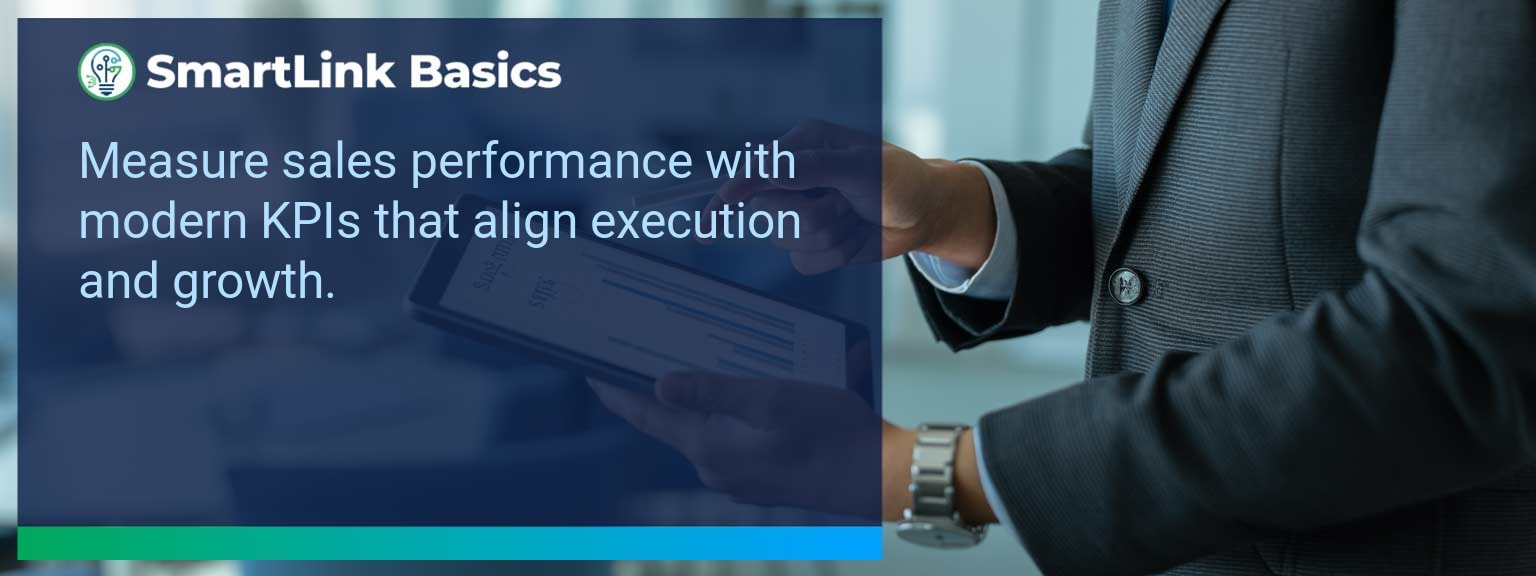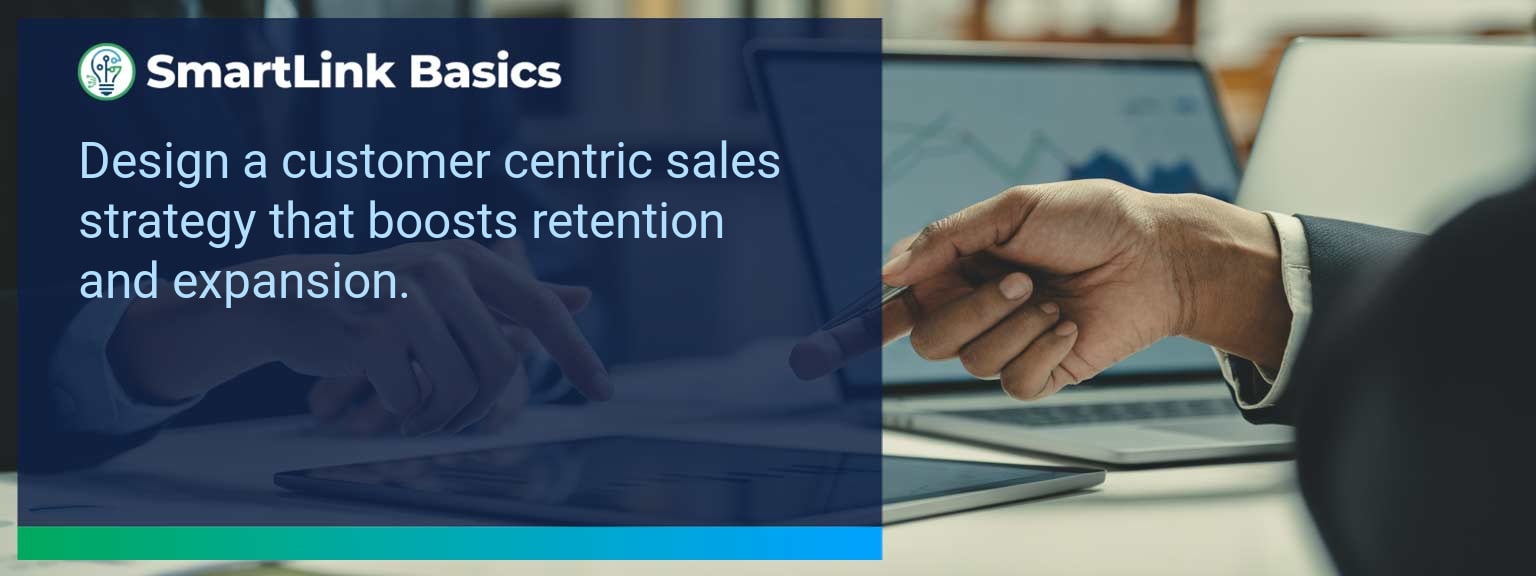Industry data shows that organizations adopting AI-driven automation achieve cost reductions of up to 30% while accelerating sales cycles by 20% or more (McKinsey, 2024). For sales leaders, AI automated workflows now define competitive advantage, enabling teams to reallocate time from repetitive tasks to high-value engagements. At SmartLink Basics, we help decision-makers implement these systems strategically, ensuring they integrate with existing revenue operations. In this article, you’ll see how AI automated workflows power business outcomes, the common obstacles that slow adoption, and practical steps to optimize processes. You’ll walk away with proven examples, a 90-day action blueprint, and measurable KPIs to track results.
- Automate repetitive administrative and CRM updates with AI.
- Integrate machine learning to personalize outreach at scale.
- Streamline approvals, quotes, and contract workflows for speed.
- Use predictive analytics to prioritize sales opportunities.
- Track adoption and performance with targeted metrics.
AI Automated Workflows: What Changed and Why It Matters
AI adoption has shifted from experimental to operational, making automated workflows a standard in high-performing sales organizations. The real advantage lies in combining workflow automation with artificial intelligence workflows to optimize every step of the revenue process. Sales leaders now use AI to synchronize touchpoints, reduce manual inputs, and ensure faster execution. For example, a B2B SaaS leader introduced automated lead enrichment and routing, cutting qualification time by 60%. Actionable insight: Audit processes for time-intensive handoffs and apply AI where repeatability is high.Redesign the Revenue Operating System With AI Automated Workflows
ICP, Segmentation, and Targeting AI-enabled segmentation uses historical wins, firmographic, and behavioral data to dynamically update ICP profiles. This ensures targeting precision without quarterly re-work. Pipeline Architecture Automated workflows push opportunities through the right stages based on engagement signals. AI flags at-risk deals for intervention. Plays and Messaging Integrated automation tools deliver personalized sequences based on buyer activity, increasing relevance at every touchpoint. Operating Cadence AI schedules follow-ups, forecast calls, and account reviews based on actual pipeline movement rather than static calendars. Actionable insight: Implement automation that adapts in real-time to both internal and buyer-driven events.Common Obstacles To Achieving Seamless Automation
The most frequent challenges are fragmented systems, inconsistent data quality, and cultural resistance. Without a unified data layer, automation amplifies errors rather than solving them. Coca-Cola Europacific Partners reported needing a full data governance upgrade before AI could improve sales workflows. Leaders must first assess infrastructure readiness and train teams to trust AI-influenced recommendations. Actionable insight: Before deployment, establish clean data practices and a single source of truth.Implementing AI To Optimize Workflows
Effective deployment of AI process optimization starts with mapping current-state processes, identifying friction points, and matching them with automation tools. For example, automating proposal generation based on CRM opportunity data can reduce turnaround from three days to one hour. Solutions combining business process automation platforms with machine learning integration enable continuous performance improvement. Actionable insight: Pilot in one high-impact stage, measure, and then expand.Tangible Benefits From Automated Processes
The benefits extend beyond time savings — sales leaders gain a scalable system. Tangible outcomes include faster quote-to-close, higher lead conversion, and better forecast accuracy. A manufacturing firm implemented AI-assisted order processing and cut errors by 40%, improving on-time delivery rates. Actionable insight: Track both speed and accuracy to measure workflow automation effectiveness.Metrics That Matter
| Category | Metric | Definition | Target |
|---|---|---|---|
| Leading | Workflow Completion Rate | % of automated sequences executed without manual intervention | 95%+ |
| Leading | AI Suggestion Adoption Rate | % of AI-generated action recommendations executed by reps | 80%+ |
| Lagging | Cycle Time Reduction | Decrease in time from lead entry to closed-won | 20%+ |
| Lagging | Revenue Per Rep | Average sales revenue generated per sales rep per quarter | +15% YoY |
| Quality | Automation Error Rate | % of workflows that trigger incorrect outcomes | <1% |
| Quality | Customer Satisfaction Post-Automation | Average CSAT score after automation implementation | ≥ 4.5/5 |
Innovations And Next Steps For AI Automation
Emerging capabilities like AI-generated playbooks, intent-driven dynamic routing, and integrated AR for virtual product demos are shaping the next wave of sales automation. Companies integrating these tools early will outpace competitors in speed and personalization. Actionable insight: Stay ahead by testing emerging automation features quarterly and aligning them with evolving buyer expectations.Get the 90-day plan, coaching rubric, and dashboard template to operationalize AI in your enablement program.
Turning AI Automation Into a Revenue Multiplier
AI automated workflows are now a strategic lever for predictable, scalable growth. This guide outlined current applications, adoption challenges, a 90-day execution plan, and measurable success criteria. To make automation pay off, sales leaders should integrate tools into one cohesive operating system and review results monthly for continuous improvement. Access more AI-driven sales enablement resources from SmartLink Basics to design a high-performance automation strategy. Strong sales leadership is one of the primary levers for sustained revenue growth. Teams perform at a higher level when leaders set clear priorities, make data-driven decisions, and create operational clarity. At SmartLink Basics, we emphasize that optimized leadership frameworks are as vital to sales efficiency as the tools and automation behind them. The current climate demands leaders who can marry strategic vision with disciplined execution. This article outlines actionable sales leadership practices that sharpen sales management, boost sales performance, and embed scalable sales strategy into daily operations — enabling measurable gains across pipeline health, conversion rates, and team motivation.- Align leadership focus with clear revenue objectives and execution plans
- Use technology to streamline sales enablement and remove process friction
- Strengthen coaching cadence to improve sales performance consistency
- Monitor leading and lagging metrics to guide decision-making
- Adapt leadership strategies to forecasted market and buyer changes
Recognizing Barriers To Team Performance
Even top-performing sales teams encounter performance plateaus. Common barriers include misaligned incentives, unclear territory focus, outdated messaging, and insufficient sales enablement support. Leaders must reassess if their current processes promote or hinder revenue growth. For instance, a B2B technology sales team struggling with long deal cycles often discovers the issue lies in insufficient qualification criteria and inconsistent follow-up rhythms. By identifying and removing these bottlenecks, leadership can restore momentum and improve efficiency. Actionable insight: Audit your sales process quarterly, specifically reviewing pipeline stage definitions, messaging consistency, and conversion benchmarks.Implementing Proven Leadership Practices in Sales Management
Proven sales leadership methods share a disciplined approach to execution. This includes establishing a consistent operating cadence, building a library of targeted sales plays, and reinforcing quality coaching habits. One example: A company that rolled out account-based plays for its top 15% of clients saw a measurable acceleration in upsell revenue. This success required alignment between leadership, marketing, and account managers, paired with technology-driven tracking of progress. Actionable insight: Commit to a defined leadership plan that includes quarterly strategic adjustments tied directly to sales performance metrics.Measuring The Impact On Sales Growth
Sales leadership drives change only when outcomes are measurable. Leading metrics track activity quality, while lagging metrics reflect revenue results. Quality metrics reveal whether buyer engagement matches intended messaging. For example, doubling weekly coaching sessions without a corresponding increase in pipeline conversion signals a need to refine coaching content, not simply increase frequency.| Category | Metric | Definition | Target |
|---|---|---|---|
| Leading | Qualified Meetings Set | Number of new meetings with ICP-aligned prospects | +15% per quarter |
| Lagging | Revenue per Rep | Closed revenue averaged by active sales headcount | $X industry benchmark |
| Quality | Proposal-to-Close Ratio | Percentage of proposals that result in a signed agreement | >45% |
Evolving Leadership For Future Market Demands
Market shifts require leaders to adapt sales strategy before revenue impact becomes visible. Integrating market intelligence into planning cycles ensures messaging remains relevant and offerings stay competitive. For example, an industrial supplier adjusting sales training to address sustainability compliance saw better alignment with client procurement teams. Adapting early preserved margins and expanded share-of-wallet. Actionable insight: Dedicate part of every leadership meeting to reviewing buyer trend data and competitor movements, then pre-emptively refining your sales plays.Get the 90-day plan, coaching rubric, and dashboard template to operationalize AI in your enablement program.









